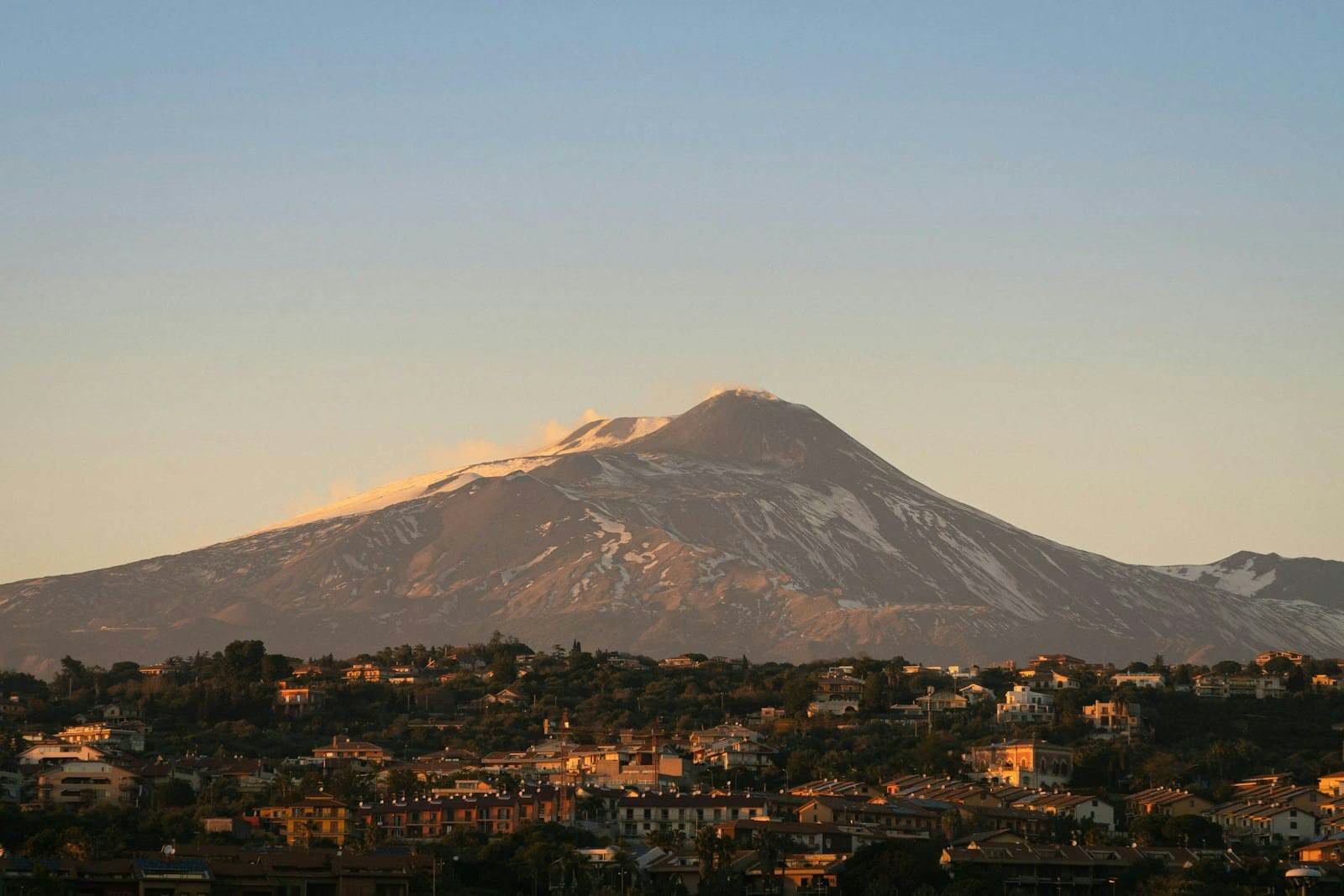Contents
The idea of buying a property in Italy is often associated with a romantic picture – vineyards in Tuscany or a view of the sea in Sicily. But what if the dream property is located at the foot of an active volcano like Mount Etna or in an area known for its earthquakes? This is the reality for many of the most beautiful parts of the country. Investing in such a place can be successful, but it requires a thorough knowledge of the risks and rigorous due diligence. This guide will walk you through the key steps.
Part 1: Buying a property near a volcano (Etna, Vesuvius)
Owning a property overlooking Mount Etna or in the region of Naples and Vesuvius is exciting, but carries specific risks different from those of an earthquake.
1. Check the “Red Zone” (Zona Rossa).
- What to do: request an official map of evacuation plans (Piano di Evacuazione) from the municipality (comune). Make sure the property does not fall within the “Zona Rossa”. Even if it is in a less risky “Yellow Zone” (Zona Gialla – risk of ash and lapilli fall), you should be aware of this.
- Why it’s important: Red zone property is extremely difficult to insure and sell, and the security risk is real.
2. Assess the risk of volcanic ash: Even in smaller eruptions, volcanic ash can cover everything within a radius of tens of kilometres.
- What to do: check the history of the area for the last 10-20 years. How often has there been ash fall? This leads to costs for cleaning roofs, gutters, swimming pools and can damage air conditioning systems and cars.
- Why it’s important: These are hidden but regular maintenance costs that you need to anticipate.
3. Analyze the infrastructure and evacuation routes.
- What to do: research the road network around the property. Are there alternative routes out of the area? Narrow rural roads can quickly become blocked.
- Why it’s important: Quick and easy access can be critical.
Part 2: Buying a property in a seismic zone (Central Italy, Sicily)
As we discussed in the previous article, much of Italy is earthquake-prone. Here’s how to act in practice.
1. Hire an independent structural engineer (Ingegnere Strutturale). Don’t just take the agent’s or seller’s word for it.
- What to do: Hire a licensed local engineer to perform a complete seismic evaluation of the property. He will check the foundation, load-bearing walls, quality of materials and compliance with building codes.
- Why it’s important: Only expert opinion can give you a real idea of the security of a building. The cost to the engineer is an investment, not an expense.
2. Request a “Certificate of Habitability” (Certificato di Agibilità): this document certifies that the building meets all legal safety requirements, including seismic standards, in force at the time of its issue.
- What to do: make sure the certificate is available and up to date. For older buildings that have been renovated, there should be a new certificate reflecting the improvements made.
- Why it’s important: Lack of this document is a serious problem and could block a future sale.
3. Explore Sismabonus options.
- What to do: consult an engineer or architect about the possibility of taking advantage of government subsidies for seismic strengthening. They can cover a significant portion of the cost.
- Why it’s important: You can buy a property at a lower price and use the bonus to make it completely safe, thereby increasing its value.
CONCLUSION : Buying a property in Italy, in a risky area, is not for the faint-hearted, but it is not impossible either. It requires a shift from emotional to analytical thinking. By hiring the right experts, asking the right questions and scrutinising the paperwork, you can manage the risks and turn your Italian dream into a safe and sound investment.
You might also like:
- How to buy a property in Spain remotely
- Why Bulgarians buy property in Greece: from dreams to reality and income
- What to check before a property deal in Spain: your guide to a secure purchase
This post is also available in: Български







